The editors at Sleepopolis tried and tested several new products and strategies rising in popularity on social media during Mental Health Awareness Month (MHAM), in an effort to find solutions for the many people whose sleep struggles have a clear connection to mental health. Note that these methods should not be interpreted as endorsements or referrals; our goal is to report honestly on our own experiences.
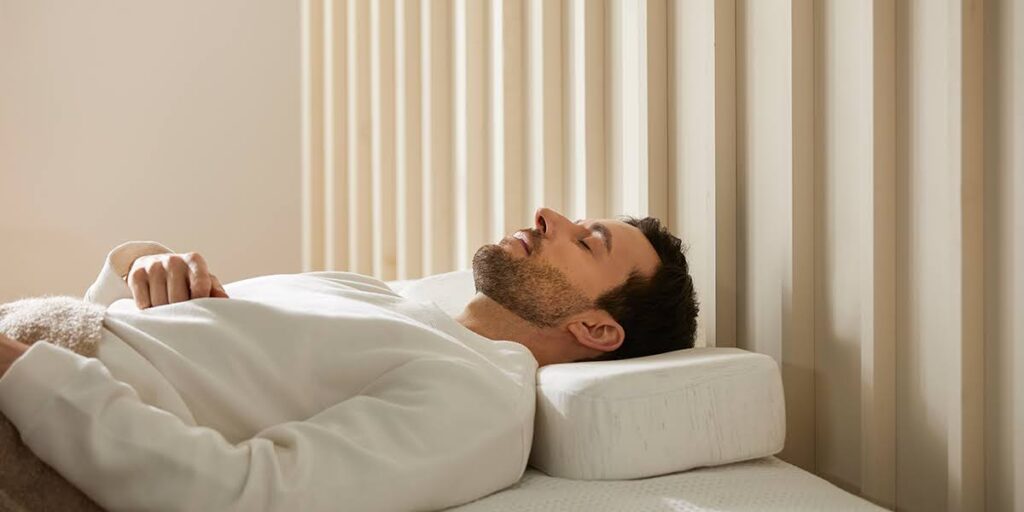
Let’s talk pillows. Pillow talk, if you will. When it comes to bedding preferences, there’s almost no item more subjective than what we rest our heads on for one third of our entire life. We all suddenly become an impossible-to-please Goldilocks when presented with all the options. Too squishy, too firm, too tiny, oh, and the middle always just sinks down too much. Or not enough. You get the idea.
In the early haze of the pandemic, and as someone who sits at a computer all day, I got some inevitable news: I had a slipped disc in my lower back. Physical therapy has helped, so when I heard there was a new pillow on the market specifically designed as a physical therapy product I could use at home, I had to give it a whirl. Enter: the Kanuda Piano Air Pillow ($249, amazon.com)
Yes, the price is unusually high for a single pillow. But sometimes you really do get what you pay for… and in this case, if you happen to be a specific type of person with specific physical needs. As always, check with your doctor if you’re experiencing pain on a regular basis, or sleep issues over an extended period of time. But if you’re a back sleeper with neck or shoulder pain, it might be worth a try.
What Is the Piano Air Pillow?
Kanuda says that they are the “maker of the first-ever pillow with built-in physical therapy techniques.” We can’t necessarily verify that, but it’s a pretty impressive feat if true. The pillow, longer and skinnier than a standard pillow, with a concave depression where the back of your head rests, also comes with a thin silk pad in case you prefer a bit more loft.
The physical therapy benefits revolve around Craniosacral Therapy (CST), and Kanuda says that all of its pillows, including the Piano Air, are designed to replicate two popular chiropractors’ exercises: Compression of the fourth ventricle (CV4), and Occipital Cranial Base Release (OCBR).
Made with high density “tensegrity foam” (polyurethane foam), plus a liner made of a mix of polyester and rayon, this is not a buy focused on sustainability. We’re not knocking it, but it’s worth noting.
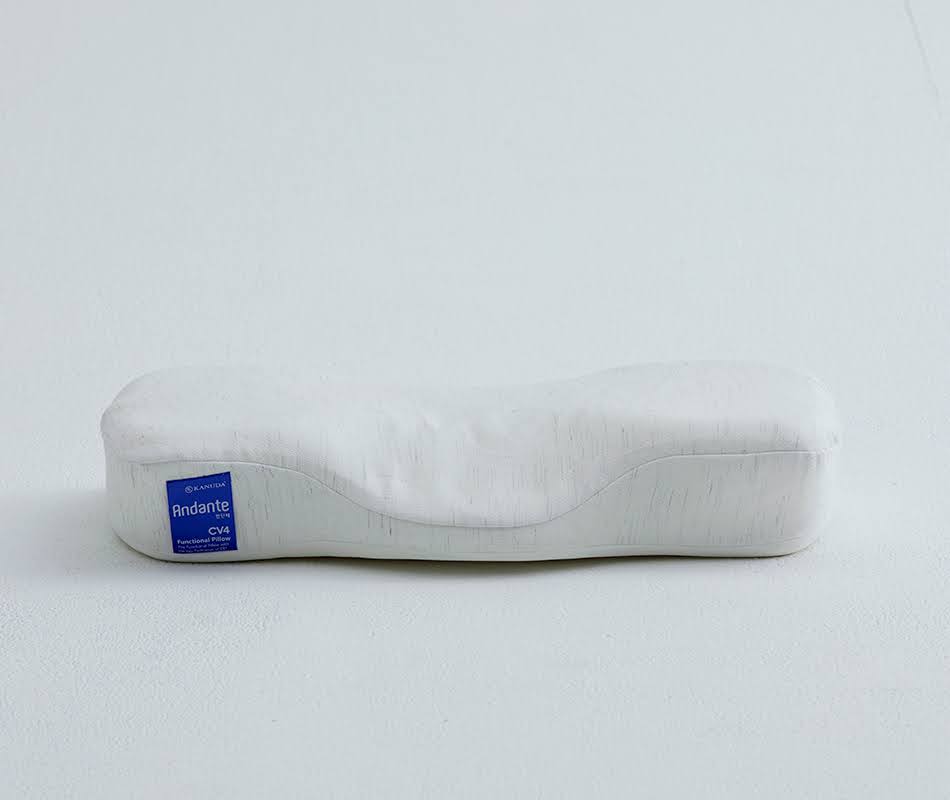
Who Is the Piano Air Pillow For?
As mentioned earlier, this pillow is for someone who has either been diagnosed with spine, back, neck, or shoulder issues, or someone with mild neck pain who suspects their pillow might be the cause. Kanuda recommends it for back and side sleepers, but I had trouble imagining going to sleep with the side of my face feeling somewhat obstructed. Here’s a basic breakdown:
Who should try this:
- Back sleepers
- Anyone experiencing some neck pain when they wake up
- Physical therapy patients who get the go-ahead from their practitioner
Who should not try this:
- Combination sleepers or stomach sleepers
- Anyone diagnosed with serious physical conditions or injuries
- Fans of super-firm pillows that elevate the head
My Experience Using the Piano Air
Before buying anything, a rep for the brand pointed me towards a helpful guide to Kanuda’s four different orthopedic pillow options, so make sure you head there first if you’re in the market. Another quick tip: Since the Piano Air has such a specific shape, you might want to pick up its custom Modal pillowcase ($38) while you’re there.
I’m someone with a slipped disc that causes pretty regular lower back pain and occasional neck tension — my habit of working on a laptop on my couch doesn’t exactly help, but no one’s perfect, right? I’ve been going to physical therapy and have a set of little exercises to do, so a turbo-charged pillow that might turbo-charge my PT sounded irresistible.
The Kanuda is quite thin, compared to your standard pillow, with an even lower-height center portion for your head. I’m a combination sleeper, typically falling asleep on my side and waking up on my back, so it was a bit of an adjustment drifting off to sleep in such a perfectly created face-up angle. But after the first two nights of commitment, that habit was easy to shift.
After a week of using the pillow, I have to say I haven’t noticed much neck pain at all. You know that urge we all have to do a big body stretch, arms raised up, when we first wake up? After using the Kanuda for a while, I felt no need for that dramatic ritual. Doing my PT exercises has gotten just a bit easier, though I can’t fully credit the pillow for that. It’s worth noting that I asked my physical therapist for his unofficial thoughts on the Kanuda, after showing him some photos, and his take was that every little bit helps. And the Kanuda is certainly effective at making sure you don’t roll over into some compromising (for your health!) positions. I stayed perfectly aligned throughout the night.
Mental Health Benefits
Physical and mental health go hand in hand, especially when we’re talking about back and neck pain. It’s tough to feel 100% if you’re in pain, so I’m inclined to agree with my PT guy: the Kanuda definitely has benefits, especially if you’re trying to attack any physical ailments caused by your sleeping position. And we all know that getting those 7 to 8 hours is a key foundation for any mental health practice. If you’ve got the change to spare, it’s a safe bet the Kanuda will help soothe any loose discs to sleep.
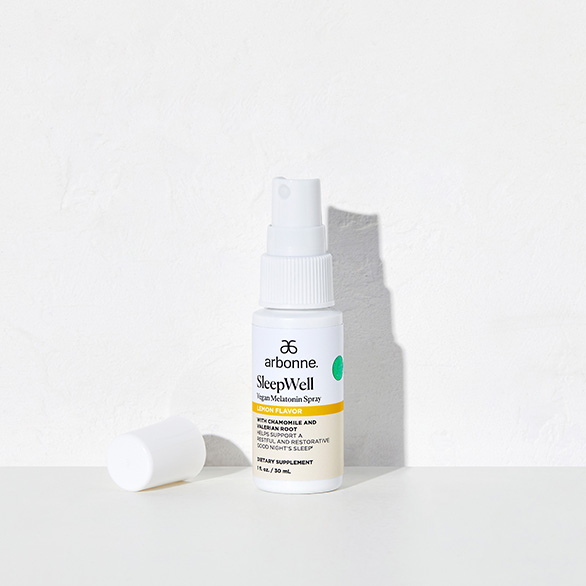
I Tried It: Will This Melatonin Sleep Spray Really Help Me Fall Asleep Faster?
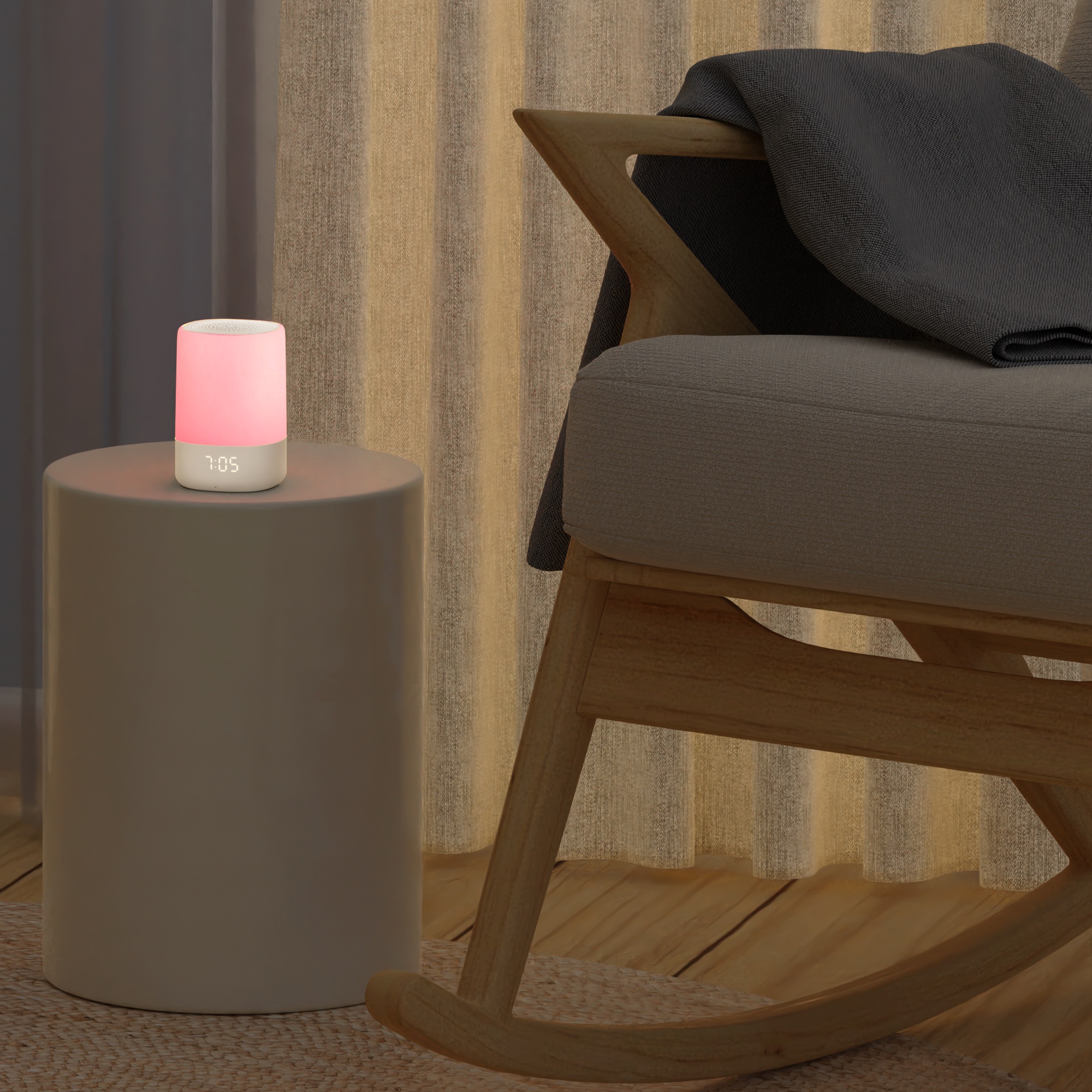
I Tried Nanit’s New Bedtime Sound Machine, and My 5-Year-Old Has Thoughts
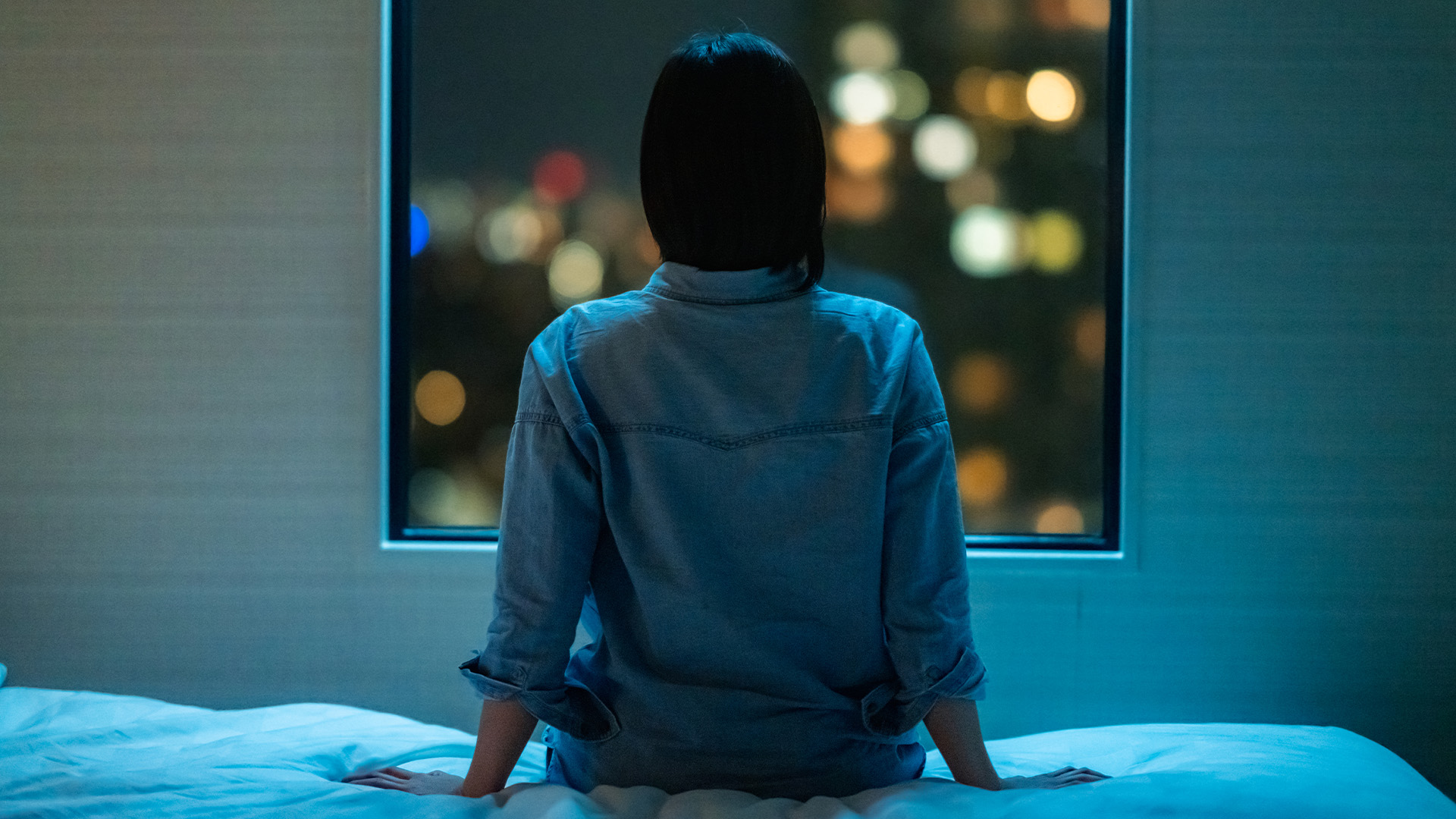
I Had Sleep Apnea For Almost 30 Years: The Inspire Implant Has Been Life-Changing




























